Results 11,861 to 11,870 of 12089
Thread: Anandtech News
-
08-24-23, 10:22 PM #11861
Anandtech: Samsung 990 Pro SSD Gets 4TB Model
When Samsung launched its 990 Pro family of SSDs for retail market last year, it only introduced 1 TB and 2 TB models, surprisingly omitting premium high-capacity 4 TB version. Now, the company is about to correct this wrong by launching 4 TB version this fall, the world's largest SSD supplier revealed in an X post.
You wanted it so badly, we had no choice but to deliver. The 4TB 990 PRO by #SamsungSSD is coming. Same blazing-fast storage with double the max capacity for gaming, video, 3D editing, and more. Stay tuned for more details. pic.twitter.com/B3iRso9Q3p"You wanted it so badly, we had no choice but to deliver," the company's post reads. "The 4TB 990 PRO by #SamsungSSD is coming. Same blazing-fast storage with double the max capacity for gaming, video, 3D editing, and more. Stay tuned for more details."
— Samsung Semiconductor (@SamsungDSGlobal) August 24, 2023
From performance point of view, Samsung's 990 Pro 4 TB drive offer an up to 7,450 MB/s sequential read speed and an up to 6,900 MB/s sequential write speed, which is in line with what 1 TB and 2 TB models offer. As for random operations, the SSD achieves 1,400,000 IOPS for reads and 1,550,000 IOPS for writes, which is comparable to the performance of other flagship SSDs.
Since Samsung's 990 Pro is a family of SSDs with a PCIe 4.0 x4 interface, the 4 TB drive may not attract attention of owners of shiny new systems based on AMD Ryzen 7000-series or Intel Core 12000 and 13000-series processors. However, there are loads of PCs with M.2 slots featuring a PCIe 4.0 interface just waiting for an upgrade and 4 TB SSD makes a lot of sense these days given low prices of 3D TLC NAND.
According to Samsung's spec sheets, the company intends to offer two versions of 990 Pro 4 TB SSDs: one with a simplistic graphene heat spreader to maximize compatibility with laptops, another with a larger aluminum heatsink to ensure consistent performance under high loads.
Samsung has not formally disclosed MSRP of its Samsung 990 Pro 4 TB SSD, though expect it to be priced in line with market realities. The drive is covered with a five-year limited warranty with an endurance rating of 2400 terabytes written (TBW).
More...
-
08-25-23, 12:39 PM #11862
Anandtech: AMD Teases FSR 3 and Hypr-RX: Updated Radeon Performance Technologies Avai
Alongside this morning’s announcement of the new Radeon RX 7800 XT and RX 7700 XT video cards, AMD is also using their Gamescom launch event to deliver an update on the state of their Radeon software stack. The company has been working on a couple of performance-improvement projects since the launch of the Radeon RX 7000 series in late 2022, including the highly anticipated FSR 3, and they’re finally offering a brief update on those projects ahead of their September launches.
FSR 3 Update: First Two Games Available in September
First and foremost, AMD is offering a bit of a teaser update on Fidelity FX Super Resolution 3 (FSR 3), their frame interpolation (frame generation) technology that is the company’s answer to NVIDIA’s DLSS 3 frame generation feature. First announced back at the Radeon RX 7900 series launch in 2022, at the time AMD only offered the broadest of details on the technology, with the unspoken implication being that they had only recently started development.
At a high level, FSR 3 was (or rather, will be) AMD’s open source take on frame interpolation, similar to FSR 2 and the rest of the Fidelity FX suite of game effects. With FSR 3, AMD is putting together a portable frame interpolation technique that they’re dubbing “AMD Fluid Motion Frames” and, unlike DLSS, is not vendor proprietary and can work on a variety of cards from multiple vendors. Furthermore, the source code for FSR3 will be freely available as part of AMD’s GPUOpen community.
Since that initial announcement, AMD has not had anything else of substance to say on the state of FSR 3 development. But at last, the first shipping version of FSR 3 is in sight, with AMD expecting to bring it to the first two games next month.
Ahead of that launch, they are offering a small taste of what’s to come, with some benchmark numbers for the technology in action on Forspoken. Using a combination of Fluid Motion Frames, Anti-Lag+, and temporal image upscaling, AMD was able to boost 4K performance on Forspoken from 36fps to 122fps.
Notably, AMD is using “Performance” mode here, which for temporal upscaling means rendering at one-quarter the desired resolution of a game – in this case, rendering at 1080p for a 4K/2160p output. So a good deal of the heavy lifting is being done by temporal upscaling, but not all of it.
AMD has also published a set of numbers without temporal upscaling, using their new native anti-aliasing mode, which renders at the desired output resolution and then uses temporal techniques for AA, and combines that with Fluid Motion Frames. In that case, performance at 1440p goes from 64fps to 106fps.
For the time being, these are the only two sets of data points AMD is providing. Otherwise, the screenshots included in their press deck are not nearly high enough in quality to make any kind of meaningful image quality comparisons, and AMD hasn’t published any videos of the technology in action. So convincing visual evidence of FSR 3 in action is, at least ahead of today’s big reveal, lacking. But it is a start none the less.
As for the technical underpinnings, AMD has answered a few questions relating to FSR3/Fluid Motion Frames, but the company is not doing a deep dive on the technology at this time. So there remains a litany of unanswered questions about its implementation.
With regards to compatibility, according to AMD FSR3 will work on any RDNA (1) architecture GPU or newer, or equivalent hardware. RDNA (1) is a DirectX Feature Level 12_1 architecture, which means equivalent hardware spans a pretty wide gamut of hardware, potentially going back as far as NVIDIA’s Maxwell 2 (GTX 900) architecture. That said, I suspect there’s more to compatibility than just DirectX feature levels, but AMD isn’t saying much more about system requirements. What they are saying, at least, is that while it will work on RDNA (1) architecture GPUs, they recommend RDNA 2/RDNA 3 products for the best performance.
Along with targeting a wide range of PC video cards, AMD is also explicitly noting that they’re targeting game consoles as well. So in the future, game developers will be able to integrate FSR3 and have it interpolate frames on the PlayStation 5 and Xbox Series X|S consoles, both of which are based on AMD RDNA 2 architecture GPUs.
Underpinning FSR 3’s operation, in our briefing AMD made it clear that it would require motion vectors, similar to FSR 2’s temporal upscaling, as well as rival NVIDIA’s DLSS 3 interpolation. The use of motion vectors is a big part of why FSR 3 requires per-game integration – and a big part of delivering high quality interpolated frames. Throughout our call “optical flow” did not come up, but, frankly, it’s hard to envision AMD not making use of optical flow fields as well as part of their implementation. In which case they may be relying on D3D12 motion estimation as a generic baseline implementation, since it wouldn’t require accessing each vendor’s proprietary integrated optical flow engine.
What’s not necessary, however, is AI/machine learning hardware. Since AMD is targeting the consoles, they wouldn’t be able to rely on it anyhow.
AMD also says that FSR 3 includes further latency reduction technologies (which are needed to hide the latency of interpolation). It’s unclear if this is something equivalent to NVIDIA’s Reflex marker system, or if it’s something else entirely.
The first two games to get FSR 3 support will be the aforementioned Forspoken, as well as the recently launched Immortals of Aveum. AMD expects FSR 3 to be patched in to both games here in September – presumably towards the later part of the month.
Looking farther forward, AMD has lined up several other developers and games to support the technology, including RPG-turned-technology-showcase Cyperpunk 2077. Given that Forspoken and Immortals of Aveum are essentially going to be the prototypes for testing FSR 3, AMD isn’t saying when support for the technology will come to these other games. Though with plans to make it available soon as an Unreal Engine plugin, the company certainly has its eyes on enabling wide-scale deployment of the technology over time.
For now, this is only a brief teaser of details. I expect that AMD will have a lot more to say about FSR 3, and to disclose, once the FSR 3 patches for Forspoken and Immortals of Aveum are ready to be released.
Hypr-RX: Launching September 6th
Second up, we have Hypr-RX. AMD’s smorgasbord feature combines the company’s Radeon Super Resolution (spatial upscaling), Radeon Anti-Lag+ (frame queue management), and Radeon Boost (dynamic resolution scaling). All three technologies are already available in AMD’s drivers today, however they can’t all currently be used together. Super Resolution and Boost both touch the rendering resolution of a game, and Anti-Lag steps on the toes of Boost’s dynamic resolution adjustments.
Hypr-RX, in turn, is designed to bring all three technologies together to make them compatible with one another, and to put the collective set of features behind a single toggle. In short, if you turn on Hypr-RX, AMD’s drivers will use all of the tricks available to improve game performance.
Hypr-RX was supposed to launch by the end of the first half of the year, a date that has since come and gone. But, although a few months late, AMD has finally finished pulling together the feature, just in time for the Radeon RX 7800 XT launch.
To that end, AMD will be shipping Hypr-RX in their next Radeon driver update, which is due on September 6th. This will be the launch driver set posted for the RX 7800 XT, bringing support for the new card and AMD’s newest software features all at once. On that note, it bears mentioning that Hypr-RX requires an RDNA 3 GPU, meaning it’s only available for Radeon RX 7000 video cards as well as the Ryzen Mobile 7040HS CPU family.
Taking a quick look at performance, AMD has released some benchmark numbers showing both the latency and frame rates for several games on the RX 7800 XT. In all cases latency is down and framerates are up, varying on a game-by-game basis. As these individual technologies are already available today, there’s not much new to say about them, but given the overlap in their abilities and the resulting technical hurdles, it’s good to see that AMD finally has them playing nicely together.
But with FSR 3 and its frame interpolation abilities soon to become available, AMD won’t be stopping there for Hypr-RX. The next item on AMD’s to-do list is to add Fluid Motion Frame support to Hypr-RX, allowing AMD’s drivers to use frame interpolation (frame generation) to further improve game performance.
This is a bigger and more interesting challenge than it may first appear, because AMD is essentially promising to (try to) bring frame interpolation to every game on a driver level. FSR 3 requires that the technology be built in to each individual game, in part because it relies on motion vector data. That motion vector data is not available to driver-level overrides, which is why Hypr-RX’s Radeon Super Resolution ability is only a spatial upscaling technology.
Put another way: AMD apparently thinks they can do frame interpolation without motion vectors, and still achieve a good enough degree of image quality. It’s a rather audacious goal, and it will be interesting to see how it turns out in the future.
Wrapping things up, AMD’s current implementation of Hypr-RX will be available on September 6th as part of their new driver package. Meanwhile Hypr-RX with frame interpolation is a work in progress, and will be coming at a later date.
More...
-
08-25-23, 12:39 PM #11863
Anandtech: AMD Announces Radeon RX 7800 XT & Radeon RX 7700 XT: Enthusiast-Class RDNA
With the Gamescom convention taking place in Germany this week, AMD is using Europe’s largest video game trade show as the venue for their latest Radeon video card announcements. This morning the company is announcing their long-awaited middle members of the Radeon RX 7000 series, the Radeon RX 7800 XT and Radeon RX 7700 XT. Aimed at the 1440p gaming market and based on AMD’s new Navi 32 GPU, the new cards are designed to slot in to the middle of AMD’s product stack, offering a set of potent RDNA 3 architecture video cards for gamers who don’t need the bleeding-edge performance (and wallet-bleeding costs) of the Radeon RX 7900 series cards.
With today’s announcement being just that – an announcement – the retail launch of these cards will follow in a couple of weeks, on Wednesday, September 6th. That date also not-so-coincidentally happens to be the release date for Bethesda’s ARPG Starfield, for which AMD is the game’s exclusive PC hardware partner, and which AMD will be offering with the new Radeon cards as part of the company’s latest game bundle. So for AMD, the stars are aligning to make September 6th a big day for the company’s GPU division.
But as for us, we’re here to talk about hardware, so let’s discuss the Radeon RX 7800 XT and 7700 XT, as well as the Navi 32 GPU that underpins them.
More...
-
08-25-23, 08:39 PM #11864
Anandtech: GEEKOM Mini IT13 Packs Core i9 into 4x4 NUC Chassis: 14-Cores NUC
While Intel's classic 4x4 NUCs have been pretty powerful systems capable of handling demanding workloads, the company never cared to install its top-of-the-range CPUs into its compact PCs. GEEKOM apparently decided to fix this and this week introduced its Mini IT13: the industry's first 4x4 desktop with an Intel Core i9 processor, offering with 14 CPU cores inside.
The Mini IT13 from GEEKOM measures 117 mm × 112 mm × 49.2 mm, making it as small as Intel's classic NUC systems. Despite its compact size, it can pack Intel's mobile-focused 14-core Core i9-13900H (6P+8E cores, 20 threads, up to 5.40 GHz, 24 MB cache, 45W) that comes with integrated Xe graphics processing unit with enhanced performance (Xe-LP, 96 EUs or 768 stream processors at up to 1.50 GHz).
To maintain consistent performance of the CPU and avoid overheating and performance drops of even under significant loads, the system employs a blower-style cooler, which produces up to 43.6 dBA of noise, so the machine is not exactly whisper quite to say the least.
The compact PC supports up to 64 GB of DDR4 memory through two SODIMMs, an M.2-2280 with a PCIe 4.0 x4interface and an M.2-2242 SSD with a SATA interface, and an additional 2.5-inch HDD or SSD for more extensive storage.
As far as connectivity is concerned, the GEEKOM Mini IT13 comes with a Wi-Fi 6E+ Bluetooth 5.2 module, a 2.5 GbE port, two USB4 connectors, three USB 3.2 Gen2 ports, one USB 2.0 Type-A connector, two HDMI 2.0 outputs (in addition to two DPs supported through USB4), an SD card reader, and a TRRS audio jack for headphones.
Although GEEKOM does not directly mention it, the USB4 ports potentially allow to connect an external graphics card in an eGFX enclosure and make the Mini IT13 a quite decent gaming machine. Meanwhile, even without an external graphics card, the unit can support up to four displays simultaneously.
Interestingly, the GEEKOM IT13 machine does not cost an arm and a leg. The cheapest version with Core i5-13500H, 16 GB of RAM, and a 512 GB SSD can be purchased for $499, whereas the most expensive model with Core i9-13900H, 32 GB of memory, and 2 TB of solid-state storage costs $789.
More...
-
08-29-23, 07:41 AM #11865
Anandtech: Hot Chips 2023: Intel Details More on Granite Rapids and Sierra Forest Xeo
With the annual Hot Chips conference taking place this week, many of the industry’s biggest chip design firms are at the show, talking about their latest and/or upcoming wares. For Intel, it’s a case of the latter, as the company is at Hot Chips to talk about its next generation of Xeon processors, Granite Rapids and Sierra Forest, which are set to launch in 2024. Intel has previously revealed this processors on its data center roadmap – most recently updating it in March of this year – and for Hot Chips the company is offering a bit more in the way of technical details for the chips and their shared platform.
While there’s no such thing as an “unimportant” generation for Intel’s Xeon processors, Granite Rapids and Sierra Forest promise to be one of Intel’s most important updated to the Xeon Scalable hardware ecosystem yet, thanks to the introduction of area-efficient E-cores. Already a mainstay on Intel’s consumer processors since 12th generation Core (Alder Lake), with the upcoming next generation Xeon Scalable platform will finally bring E-cores over to Intel’s server platform. Though unlike consumer parts where both core types are mixed in a single chip, Intel is going for a purely homogenous strategy, giving us the all P-core Granite Rapids, and the all E-core Sierra Forest.
As Intel’s first E-core Xeon Scalable chip for data center use, Sierra Forest is arguably the most important of the two chips. Fittingly, it’s Intel’s lead vehicle for their EUV-based Intel 3 process node, and it’s the first Xeon to come out. According to the company, it remains on track for a H1’2024 release. Meanwhile Granite Rapids will be “shortly” behind that, on the same Intel 3 process node.
More...
-
08-30-23, 12:09 AM #11866
Anandtech: Minisforum Teases AMD Ryzen-Based Tablet
Having received worldwide recognition for its compact desktop computers, Minisforum is looking beyond PCs to grow its business. Earlier this year the company introduced its first tablet and is prepping a tablet with AMD's Zen 4-based accelerated processing unit (APU) inside.
The tablet that Minisforum plans to introduce will be a 2-in-1 device with a detachable keyboard and a stylus, according to the company's presentation in China, which was caught by Liliputing. For now, Minisforum plans to use AMD's eight-core Ryzen 7 7840U APU with Radeon RX 780M GPU as the foundation for the device, though by the time the product shows up the form might decide to go with something else.
Specifications of the device have not been touched upon, which is not particularly surprising given that it is at its early stages of development. Meanwhile, the company stressed that it will take advantage of AMD's AI-co-processor built into Ryzen 7 7840U processor and will therefore use Windows AI capabilities.
For now, it is hardly a good business to speculate what to expect from Minisforum's tablet, though the company is known for offering products with decent specifications at moderate price points.
While we do not know much about Minisforum tablets, the very fact that the company is going this route is remarkable. Keeping in mind that Minisforum is known primarily for PCs, notebooks were arguably the most logical way to expand its business. Yet, the market of notebooks seems to be too crowded, so the company opted for Windows tablets, an untapped market largely because Microsoft's platform is not particularly popular among tablet users.
The choice of AMD's Ryzen platform for a tablet is also noteworthy since we have not seen tablets based on AMD for quite a while. Perhaps, because the company makes so many systems based on AMD's APUs, it knows the platforms so well that it decided to use AMD's Ryzen 7840U for tablet, a form-factor that has not been tapped by this processor just yet.
More...
-
08-30-23, 05:52 PM #11867
Anandtech: MSI Goes Compact with New GeForce RTX 40-Series Gaming Slim Cards
Modern graphics cards are notorious for their massive cooling systems and dimensions that are hard to fit into mainstream PC chassis and almost impossible to fit into compact PC cases that are rather popular among gamers. MSI this week attempted to address these concerns by announcing a family of GeForce RTX 40-series graphics cards called Gaming Slim that are meant to be slimmer than a typical add-in-board. But are they?
Judging by MSI's GeForce RTX 4070 Ti Gaming X Slim (which measures 307×125×51 mm and weights 1086 grams), it is indeed considerably more compact than MSI's GeForce RTX 4070 Ti Gaming X Trio (337×140×62 mm @ 1594 grams). What is no less important is that the Gaming Slim is nearly as fast as its full-fat counterpart with its maximum 2745 MHz GPU clock vs. 2760 MHz.
With that said, despite the "slim" designation, we're still looking at a graphics card that is 2.5-wide (51 mm) wide. So the most densely packed of systems that can't take a card over 2 slots will still need to look elsewhere. For everything else, it will certainly be easier to assemble a PC with MSI's Gaming Slim graphics card due to its squeezed dimensions.
MSI says that its Gaming Slim-badged graphics cards will provide signature features of its Gaming-branded graphics cards, including factory overclocked GPU and enhanced cooling system, but will be thinner and lighter, enabling 'flexible system assembly.' MSI further noted that it would offer all of its Gaming GeForce RTX 40-series products in Gaming Slim flavor, including GeForce RTX 4090, RTX 4080, RTX 4070, and RTX 4060.
MSI says that its Gaming Slim graphics cards will come in black and white versions, will use the company's latest cooling solutions (Tri Frozr triple-fan cooling system with Fan Torx Fan 5.0 fans and up to eight pipes), and addressable RGB LEDs.
For now, the company has Gaming Slim versions of GeForce RTX 4070 Ti, GeForce RTX 4070, and GeForce RTX 4060 Ti, so the higher-end products will probably be available at a later date. Meanwhile, we can only wonder how compact will MSI manage to get NVIDIA's GeForce RTX 4090 and whether the company's GeForce RTX 4090 Gaming Slim will be more compact than NVIDIA's GeForce RTX 4090 Founders Edition.
More...
-
08-31-23, 11:34 AM #11868
Anandtech: The ASUS TUF Gaming 850W Gold PSU Review: Tough But Fair
Though ASUS as a company needs no introduction to regular AnandTech readers, even for us it's easy to overlook just how vast their range of product lines is these days. As the company has moved beyond PC motherboards and core components to kept diversifying over the years, they've established whole subsidiary brand names in the process, such as the “Republic of Gamers” or “ROG”. Nowadays, the ASUS logo can be found on almost every PC component and peripheral there is, from mouse pads to gaming laptops.
One of the many series of products ASUS is supplying under its brand name – and that, somehow, we've never reviewed up until now – is a rather extensive array of power supply units. The company splits its units into three main series, the ROG, the TUF Gaming, and the Prime, all of which are targeting higher segments of the market. In fact, ASUS is fairly rare in this respect; unlike most other manufacturers, ASUS largely stays out of the low-to-middle range of the market altogether, instead focusing on the more lucrative premium and gaming segments.
Today's review directs its focus towards ASUS's TUF Gaming series, which is – in our opinion – the most versatile series that the company currently markets. The TUF Gaming units are designed with long-term reliability and high performance in focus and are being marketed accordingly. The new 850W Gold variant of this series aligns with Intel's ATX 3.0 design guidelines, with the 80Plus Gold certification and 10-year manufacturer’s warranty as the major highlights, and retails for a reasonable price tag.
More...
-
09-02-23, 12:41 AM #11869
Anandtech: Samsung Unveils Industry's First 32Gbit DDR5 Memory Die: 1TB Modules Incom
Samsung early on Friday revealed the world's first 32 Gb DDR5 DRAM die. The new memory die is made on the company's 12 nm-class DRAM fabrication process and not only offers increased density, but also lowers power consumption. The chip will allow Samsung to build record 1 TB RDIMMs for servers as well as lower costs of high-capacity memory modules.
“With our 12nm-class 32 Gb DRAM, we have secured a solution that will enable DRAM modules of up to 1 TB, allowing us to be ideally positioned to serve the growing need for high-capacity DRAM in the era of AI (Artificial Intelligence) and big data,” said SangJoon Hwang, executive vice president of DRAM product & technology at Samsung Electronics.
32 Gb memory dies not only enable Samsung to build a regular, single-rank 32 GB module for client PCs using only eight single-die memory chips, but they also allow for higher capacity DIMMs that were not previously possible. We are talking about 1 TB memory modules using 40 8-Hi 3DS memory stacks based on eight 32 Gb memory devices. Such modules may sound overkill, but for artificial intelligence (AI), Big Data, and database servers, more DRAM capacity can easily be put to good use. Eventually, 1TB RDIMMs would allow for up to 12 TB of memory in a single socket server (e.g. AMD's EPYC 9004 platform), something that cannot be done now.
With regards to power consumption, Samsung says that using the new dies they can build 128 GB DDR5 RDIMMs for servers that consume 10% less power than current-generation modules built around 16 Gb dies. This drop of power consumption can be attributed to both 12 nm-class DRAM production node as well as avoiding the use of 3D stacked (3DS) chips that pack two 16 Gb dies into a single package.
Samsung is not disclosing the speed bins of its 32 Gb memory dies, but finished 16 Gb modules made on the same 12 nm-class technology offer a 7200 MT/s data transfer rate.
Samsung intends to start mass production of 32 Gb memory dies by the end of 2023, but for now the company isn't detailing when it plans to offer finished chips to customers. it's likely that the company will start with client PCs first, though whether that translasts into any cost savings remains to be seen.
Otherwise, for servers it usually takes a while for server platform developers and vendors to validate and qualify new memory components. So while Samsung has 1 TB RDIMMs in its future, it will take some time before we see them in shipping servers.
More...
-
09-05-23, 07:27 AM #11870
Anandtech: ASUS Takes Over Intel NUC Brand, Begins the Next Era for the Next Unit of
As of September 1, ASUS has officially taken over Intel's NUC brand and product range. Per the companies' previously announced agreement, ASUS has become the de facto heir to Intel's NUC business, taking on the support obligations along with a non-exclusive license to build further NUCs. ASUS's newly introduced NUC series, in turn, features a diverse array of NUC PCs and compute elements aiming for a broad spectrum of needs, from business to gaming and beyond, all powered by Intel processors.
"Starting September 1st, NUC becomes a proud member of the ASUS product lineup, setting off on an exhilarating journey ahead," an ASUS statement at Twitter reads. "Delve into NUC product specifics on the official ASUS website."
ASUStek's compact NUC offerings are designed for a wide variety of usage scenarios, including typical productivity at home or in office, gaming, edge computing, commercial, and even professional applications. ASUS also plans to keep providing NUC compute elements for custom commercial applications.
Although ASUS has rights to offer NUC PCs based on 10th, 11th, 12th, and 13th Generation Core CPUs, all systems featured on the ASUS NUC website are powered by Intel's 13th Generation Core 'Raptor Lake' processors. As noted previously, ASUS's agreement does require them to continue supporting the older NUCs (including hardware replacements, as warranties dictate), but they are not required to sell the older NUCs.
In any case, with Intel's 13th Generation Core CPUs having been out for a year now, the change in ownership is as good a time as any to tidy up the product line. Though like similar business handoffs in the past, this won't be an overnight change; none of the ASUS NUCs feature ASUS's logotype, and at least one machine still carries Intel's.
ASUS acquired the NUC line after Intel decided to step away from this segment in mid-July. The two companies signed a non-exclusive agreement, allowing ASUS to manufacture existing NUC models and develop new ones, but leaves NUC doors open for other PC makers. Meanwhile, being a top PC maker ASUS is uniquely positioned to manage this line of products on a large scale.
Acquisition of Intel's NUC product range makes a great sense for ASUS, which has been losing market share in the recent years as it tried to focus on profitability. By taking over Intel's NUC business, ASUS is in a good position to increase its market share, while giving the NUC concept a new lease on life from a manufacturer who is more directly connected to the pre-built PC market.
More...
Thread Information
Users Browsing this Thread
There are currently 29 users browsing this thread. (0 members and 29 guests)





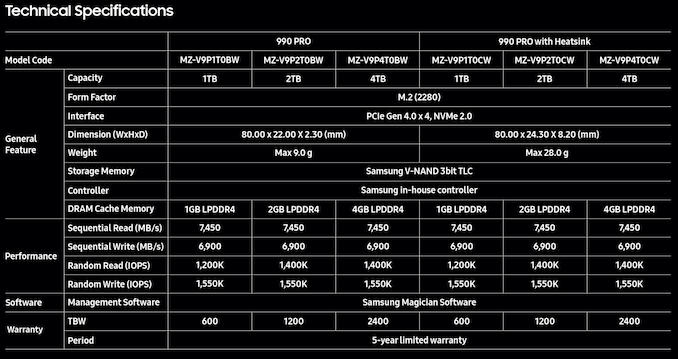

 Quote
Quote
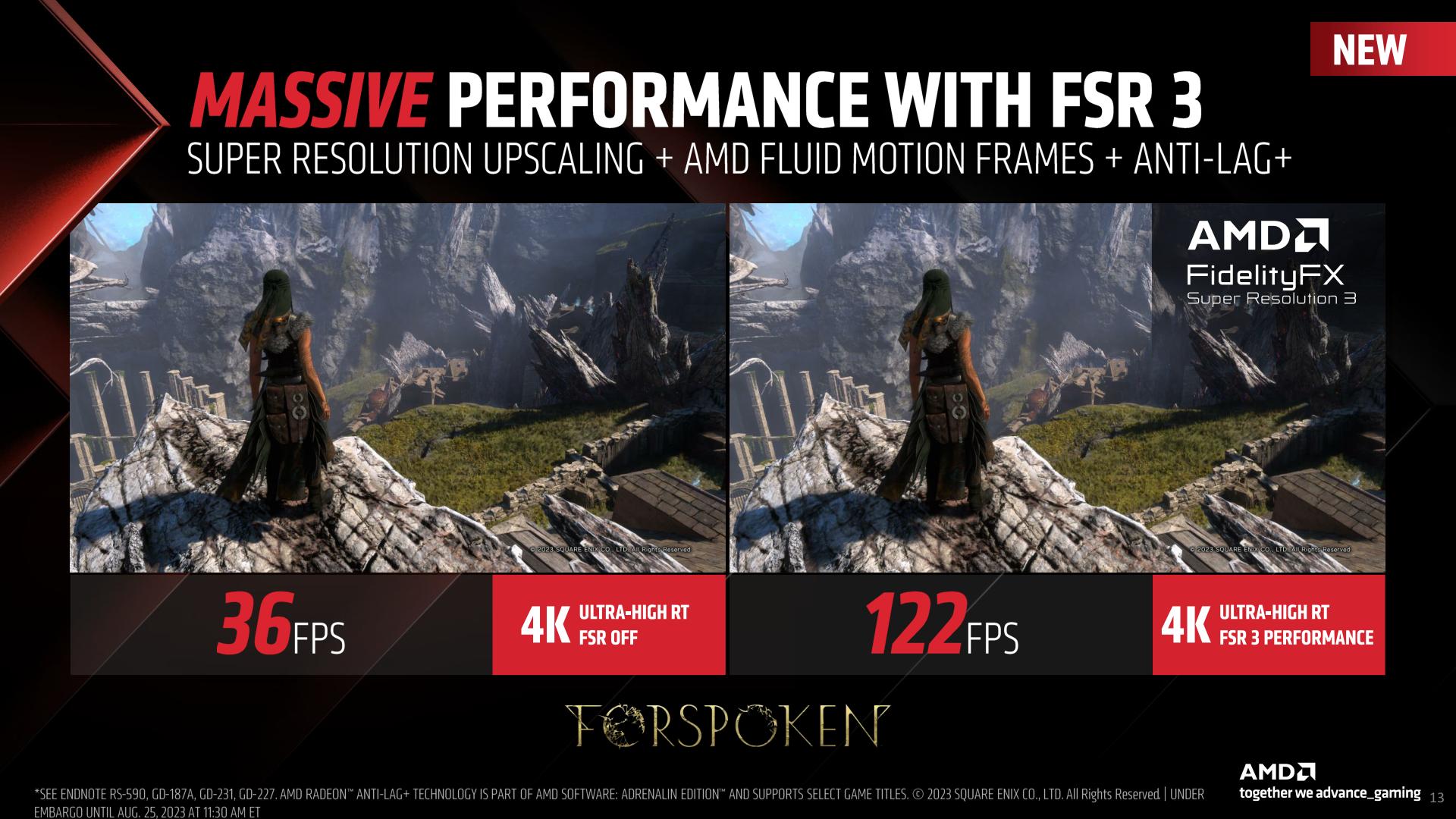
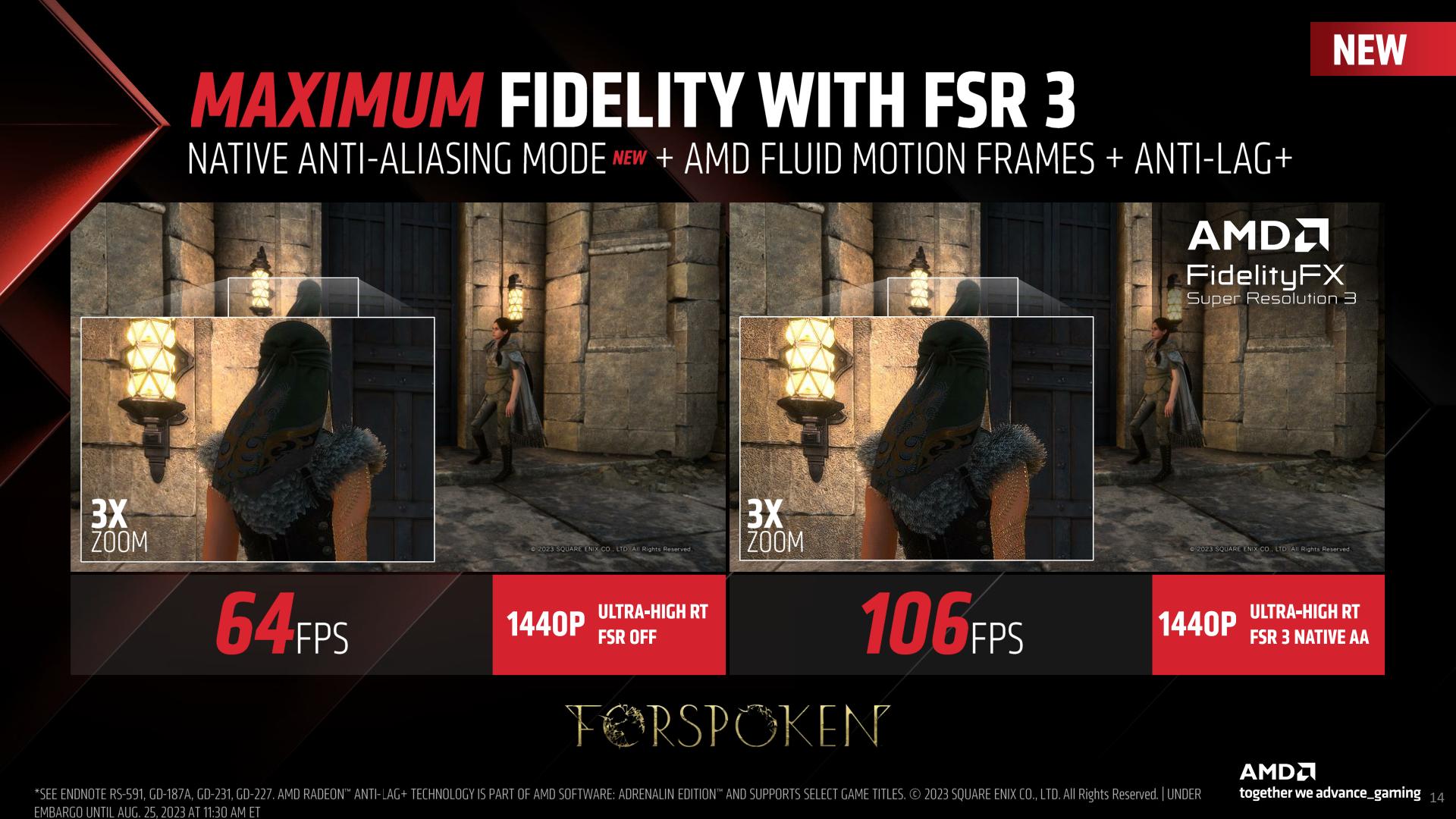

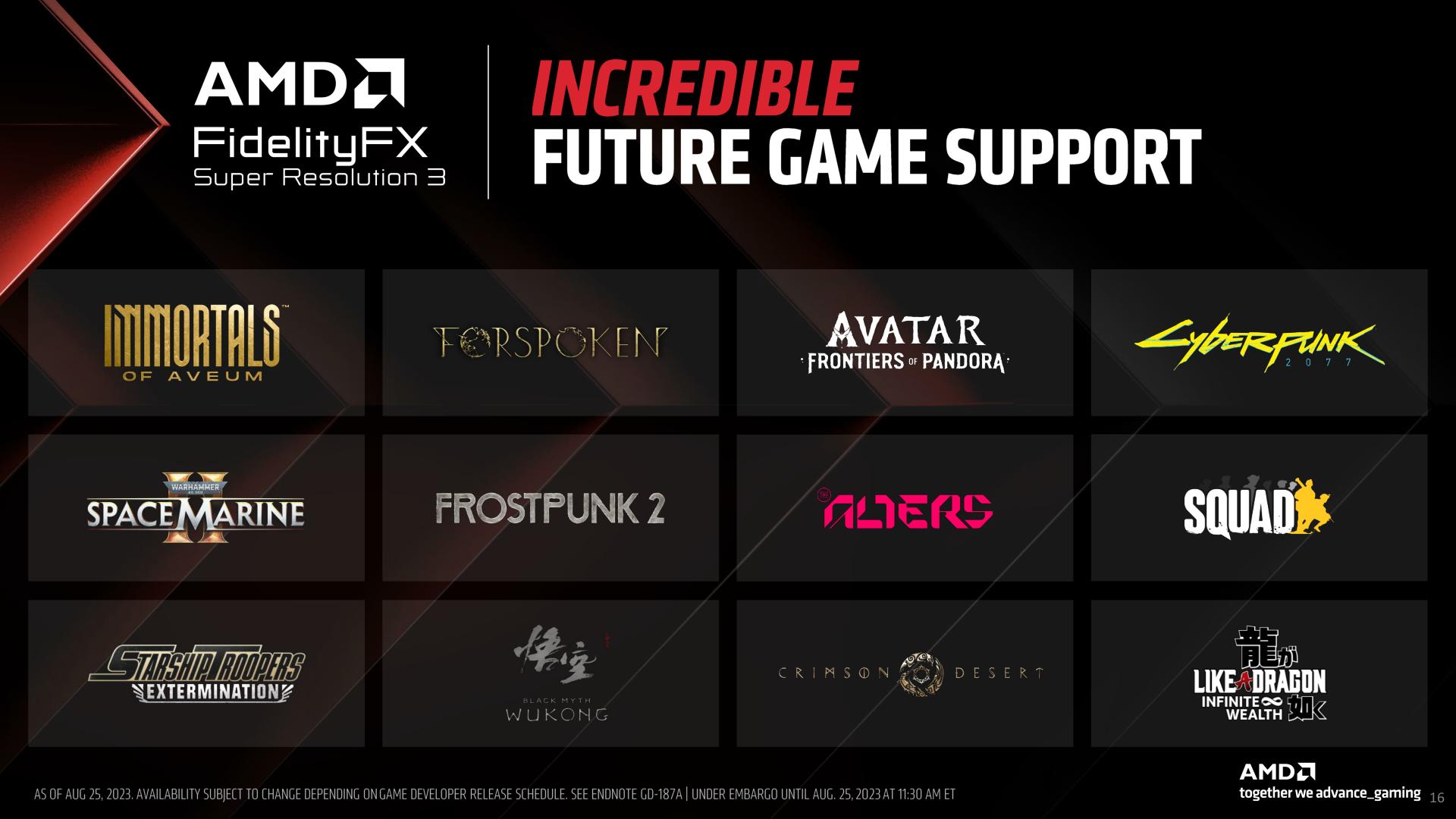
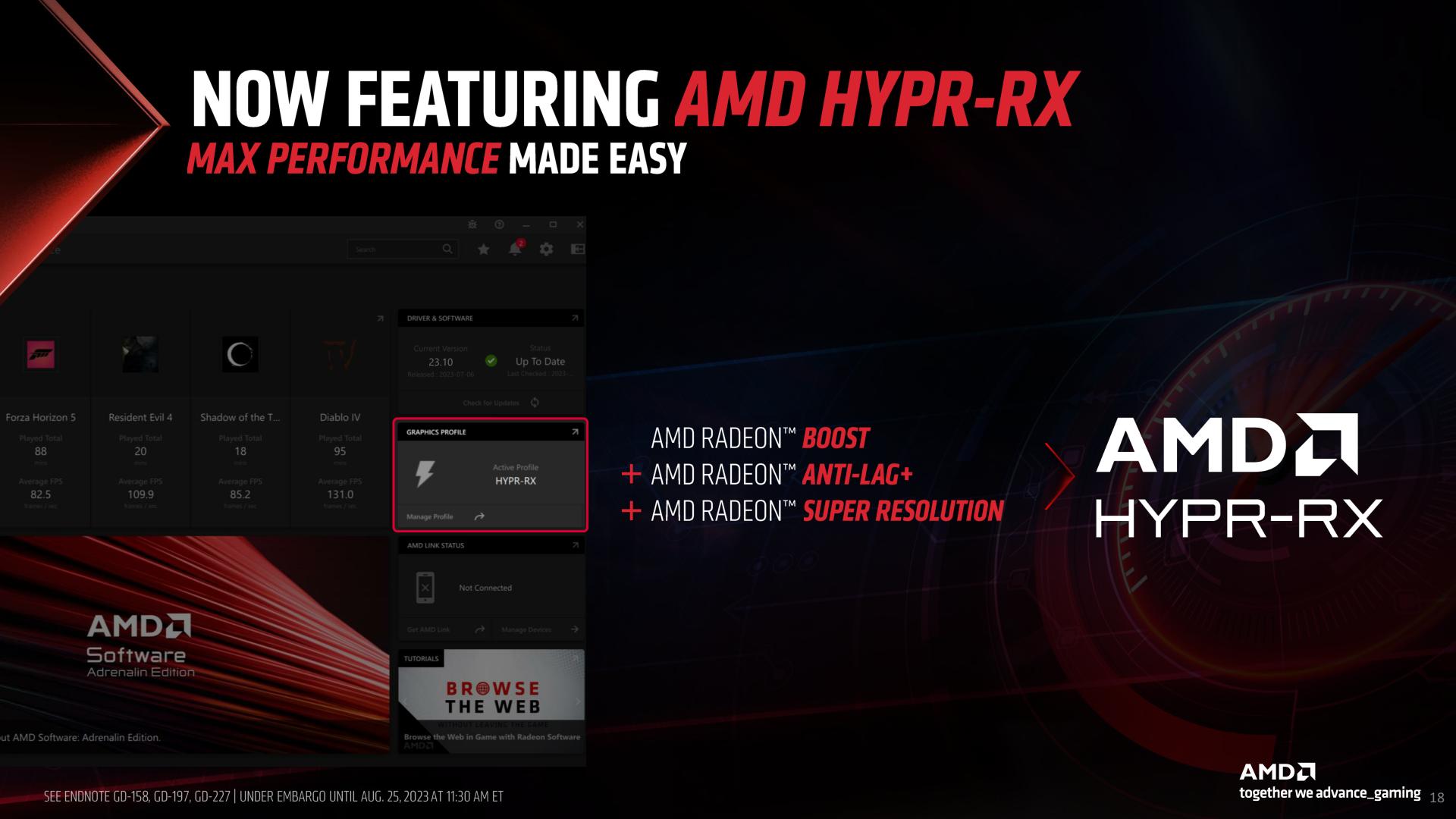
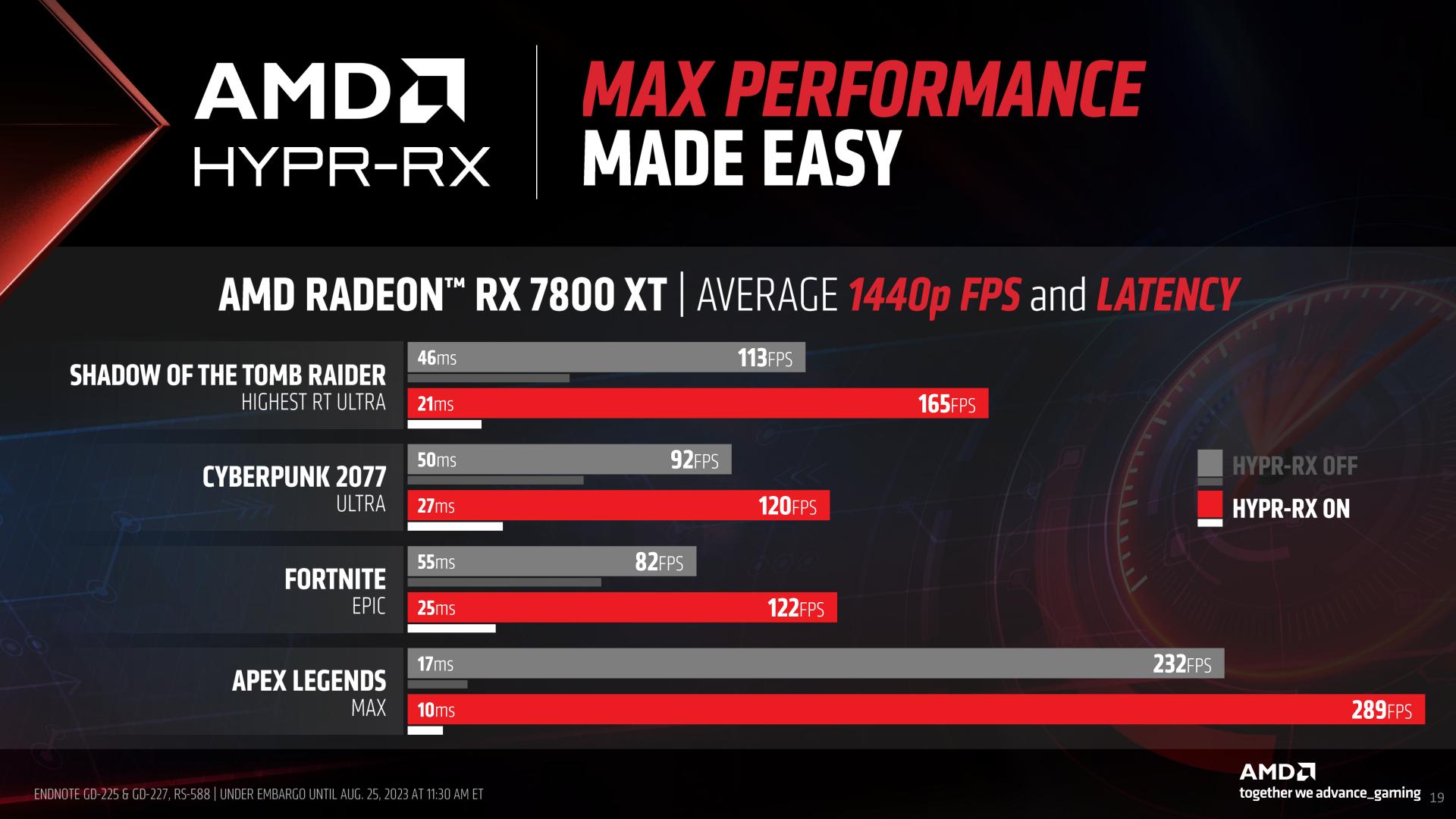

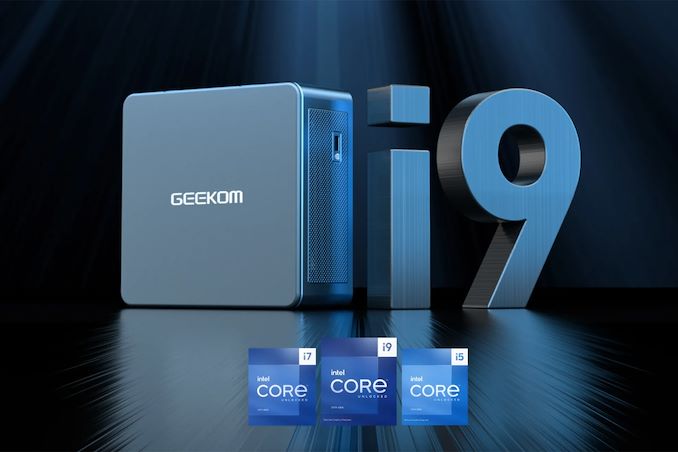

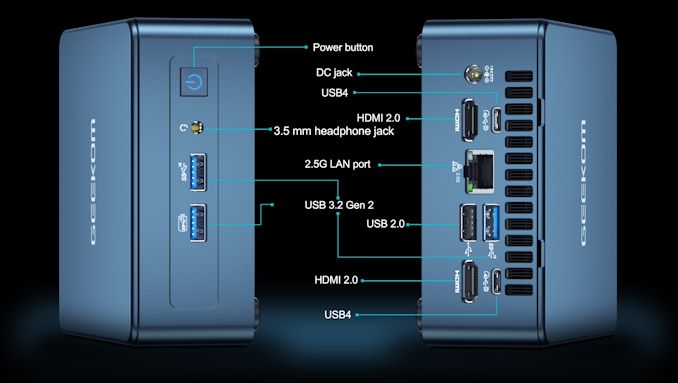

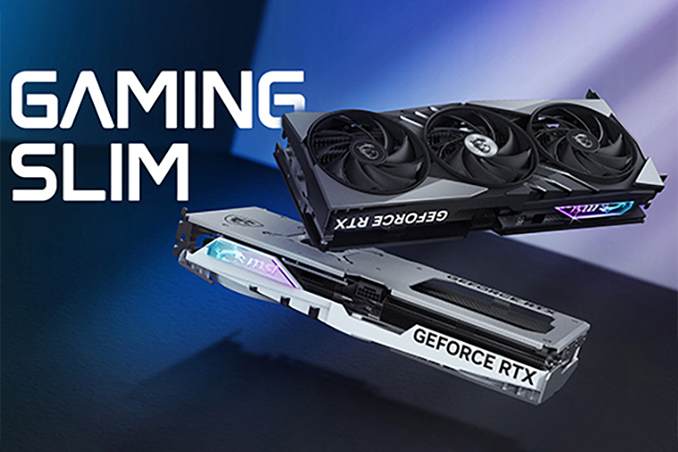
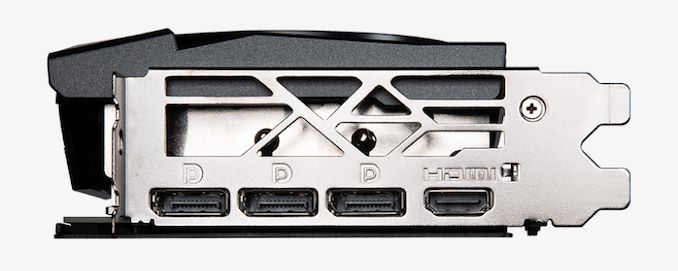
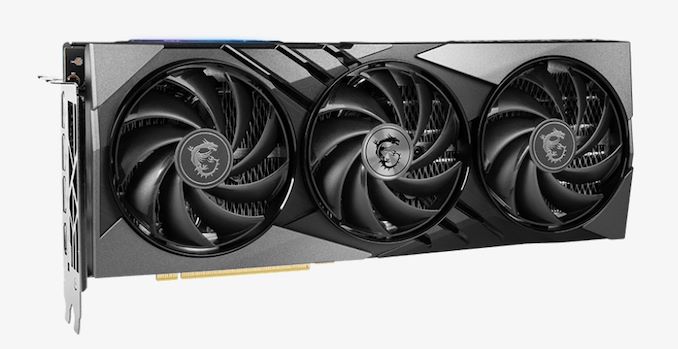
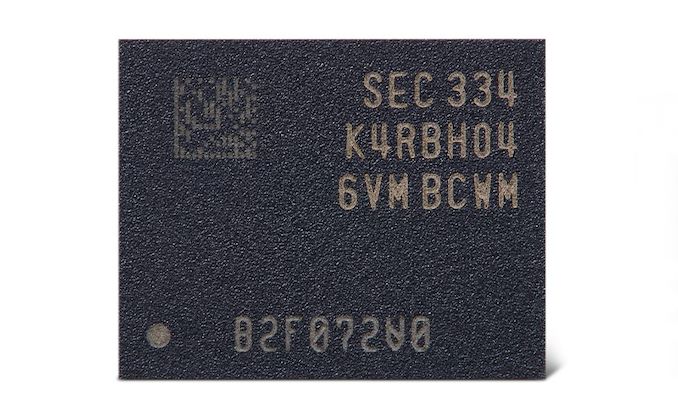

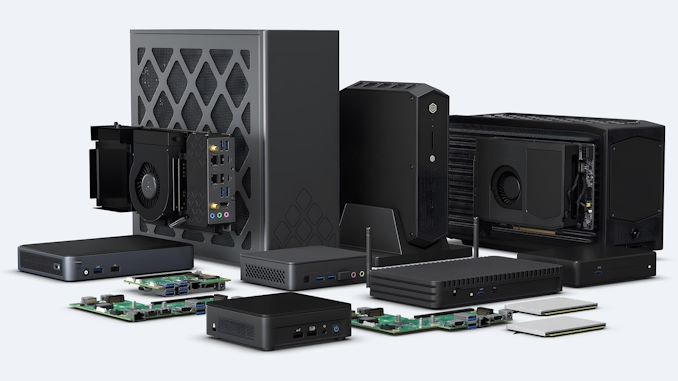
















Bookmarks